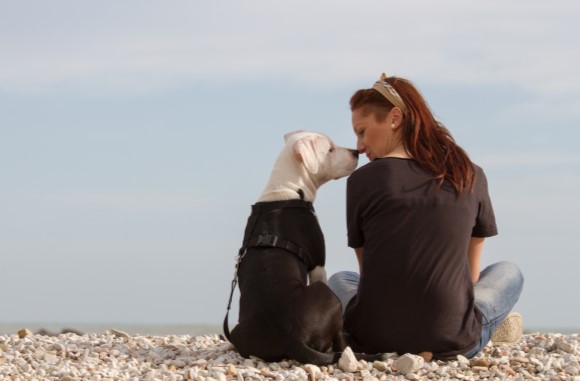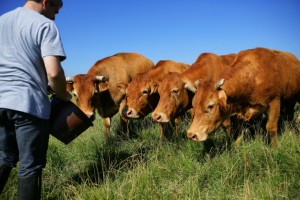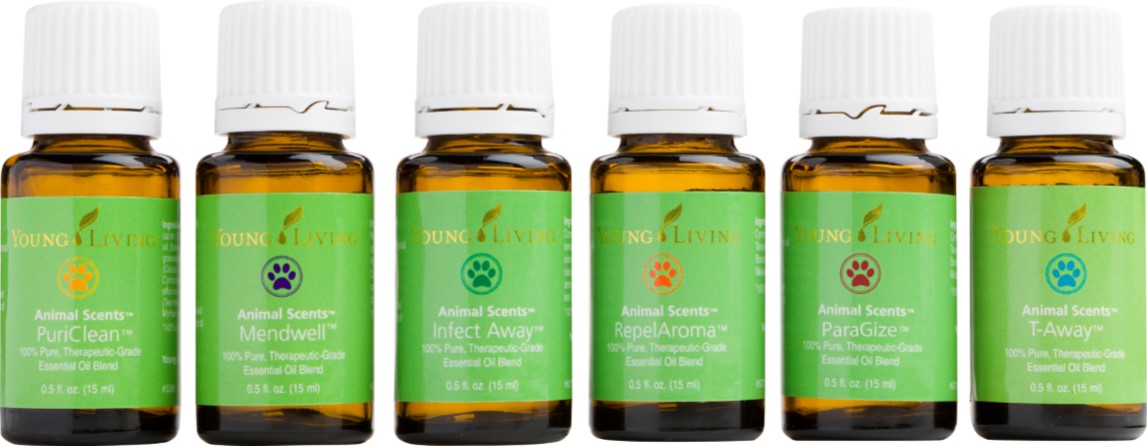It is important to recognize that an animal's sense of smell is incredibly more sensitive than a human's. This is why it is extremely important to properly introduce your animals to essential oils. One of the most common concerns is that an animal does not like oils. What has usually happened in this circumstance is that there has been an overly aggressive introduction to the oils. Should you encounter any type of situation where the skin, paws or animal becomes irritated from an essential oil application, it is then advised that you use a diluting oil, or what we call a carrier oil (V-6, fractionated coconut oil, or avocado oil to name a few), to the area where the oil has been applied.
Never attempt to use water or wash off offending essential oils with water-based soaps or shampoos as this can exacerbate the irritation. Whenever in doubt, err on the side of caution and dilute your essential oils, especially for cats and small animals. Of course, should you require further assistance, I am always here to answer any questions you may have or offer you guidance.
* * * * * * * * * * *
Raven is an engaging entrepreneur who encourages others to celebrate pets as part of the family, as well as keep them happy, healthy, and spoiled with her online specialty pet boutiques (www.TheGiftedPet.com & www.PamperedPetEssentials.com), and premium pet food business (www.PremiumPetFoodStore.com)
She is an enthusiastic advocate for animal rights, including wildlife & nature and likes to dabble in creative projects such as photography, digital art, custom greeting cards and more!
For more information, please use the Contact Me! page on this blog or visit her Facebook page to PM her www.facebook.com/HolisticPetsNPeeps

















